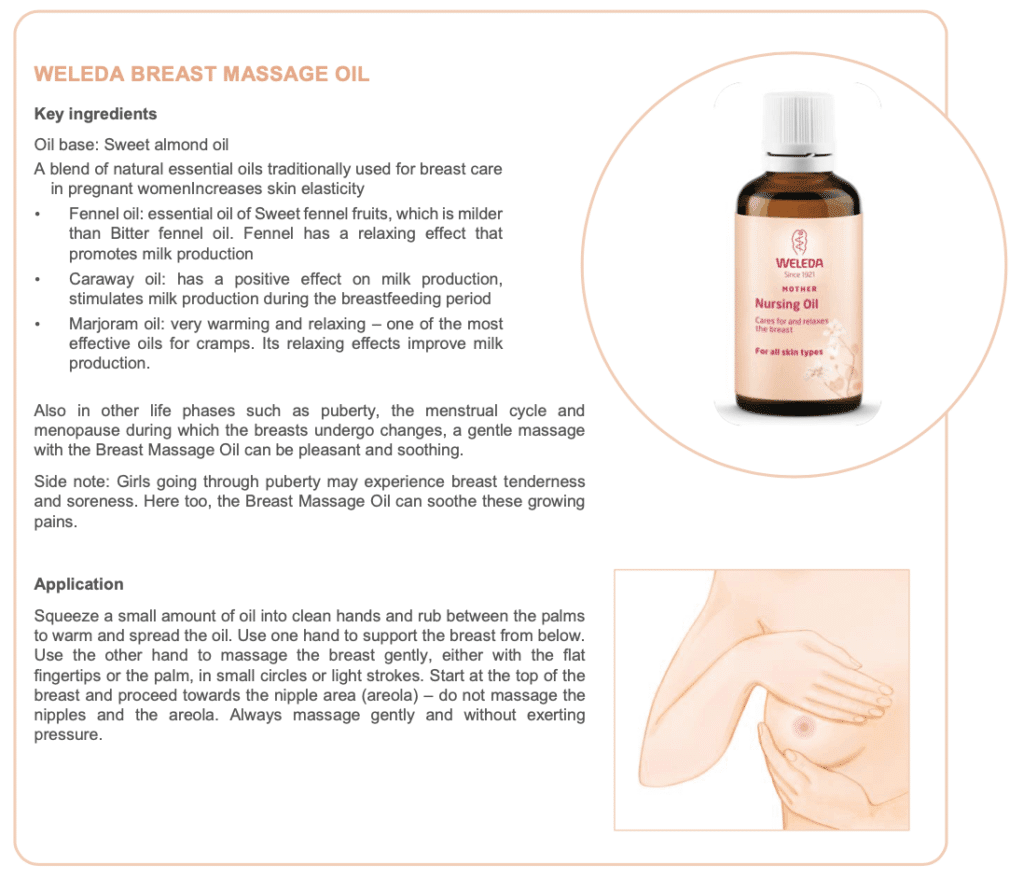Breast changes during pregnancy
Hannah Tizard
Research Midwife Blackpool Teaching Hospitals NHS Foundation Trust, Editor-in-Chief The Student Midwife Journal, Project Lead All4Birth and Founder BloodtoBbay.com
@midwifetiz
First sign of pregnancy
Hormonal changes and increased blood flow might make your breasts feel sore, swollen, and tender as early as 1-2 weeks after conception. They might also appear larger, feel fuller and heavier, and change in appearance. Increased hormones might also make your areolas look darker.1 In the first weeks, the growing gland tissue directly behind the nipple can cause discomfort. Some women find they can no longer sleep on their stomach and breasts even in the initial phase of pregnancy, it’s worth noting that, in the later stages front sleeping is not recommended. Breast discomfort usually eases after the first month.
Preparing for breastfeeding
The breasts grow rapidly – and just a few weeks after conception the mammary glands begin to get ready to produce milk. The nipples become darker in colour and the breasts become firmer. By around the middle of the pregnancy this process is for the most part completed. The mammary glands have developed to the stage where they can produce milk and the breasts have become a little larger.2
During pregnancy, milk production is suppressed by high oestrogen levels. Some women, however, can squeeze a little colostrum (first milk) from their breasts even before the birth. Learning to express colostrum during pregnancy is a useful skill for all mothers. There are also benefits to saving expressed colostrum if your baby is likely to need special care after birth or if you are a mother with diabetes.3
The glands develop under the influence of hormones, and for a certain amount of time some women may feel them under the skin as a solid, painful ring at about the height of the nipples. The development of the breast typically leads to an increase in breast size during pregnancy, some woman’s breasts will have grown to around two cup sizes larger than normal, however, the proportion of growth varies greatly between women ranging from little or no increase to a considerable increase in size.2
A relaxing massage with Weleda ‘Breast Massage Oil’, which alleviates the uncomfortable or even painful sensation in the breasts, can provide relief. More details below.
Breast changes after childbirth
In the early days, it’s important that your baby receives only your milk. If the unexpected happens and you and your baby are separated, or if your baby has feeding difficulties or health problems, you will find it easier to express your milk for your baby if you have practised colostrum expression beforehand.3
After the birth the breasts are initially soft. Oestrogen levels drop so that milk production can begin. Nature has ensured that everything is perfectly prepared. The baby can receive the first milk, which as discussed, was already produced during pregnancy – the colostrum. On around the second or third day after birth, the mammary glands begin to swell as the breast milk is squeezed into storage areas behind the nipples ready for your baby to feed. Women often experience discomfort during this phase as milk is “let-down”, this is normal, your breasts may also feel swollen and tender. You should notice your breasts become softer again after each feed. Breast milk let down occurs continuously through the day and night, you may start to notice feelings like: “Now my breasts are full. Now that my baby has fed, my breasts feel softer.”
Later on in the breastfeeding period the breasts remain soft. This doesn’t mean that they no longer contain any milk, but rather that the breasts have grown used to producing milk.
Breast massage
Weleda Breast massage oil can be used throughout pregnancy. It is warming, moisturising and soothes the rapidly changing tissue of the breasts. By massaging the breasts, you can become more familiar with them and be better prepared for the changes that come during lactation. In the breastfeeding period, massages between breastfeeding can have a relaxing effect, which in turn can have a positive impact on milk production.

Summary
Caring for your breasts during pregnancy is important, it helps you to have familiarity over your body and the changes occurring during pregnancy, whilst also preparing you for further changes after birth. In addition, following your usual breast assessment routine, it is important to be vigilant to any abnormal changes to your breasts during this time. Always speak to a doctor if you have any concerns.
Links to resources
 Websites
Websites
Breast changes in the first trimester
References
- Am I pregnant?. nhs.uk. https://www.nhs.uk/common-health-questions/pregnancy/ . Published 2020. Accessed April 17, 2020.
- Geddes D. Inside the Lactating Breast: The Latest Anatomy Research. J Midwifery Womens Health. 2007;52(6):556-563. doi:10.1016/j.jmwh.2007.05.004
- La Leche League. Antenatal Expression of Colostrum – La Leche League GB. La Leche League GB. https://www.laleche.org.uk/antenatal-expression-of-colostrum/. Published 2020. Accessed April 17, 2020.










